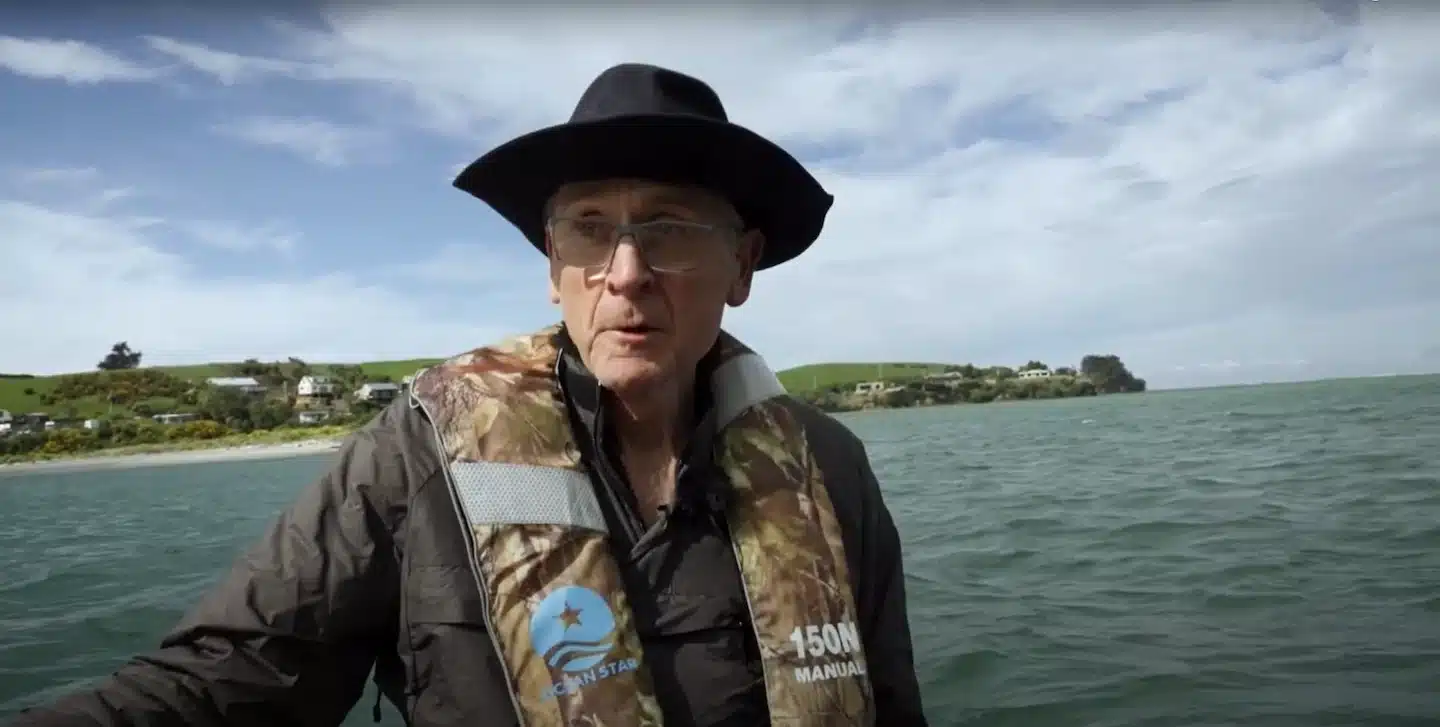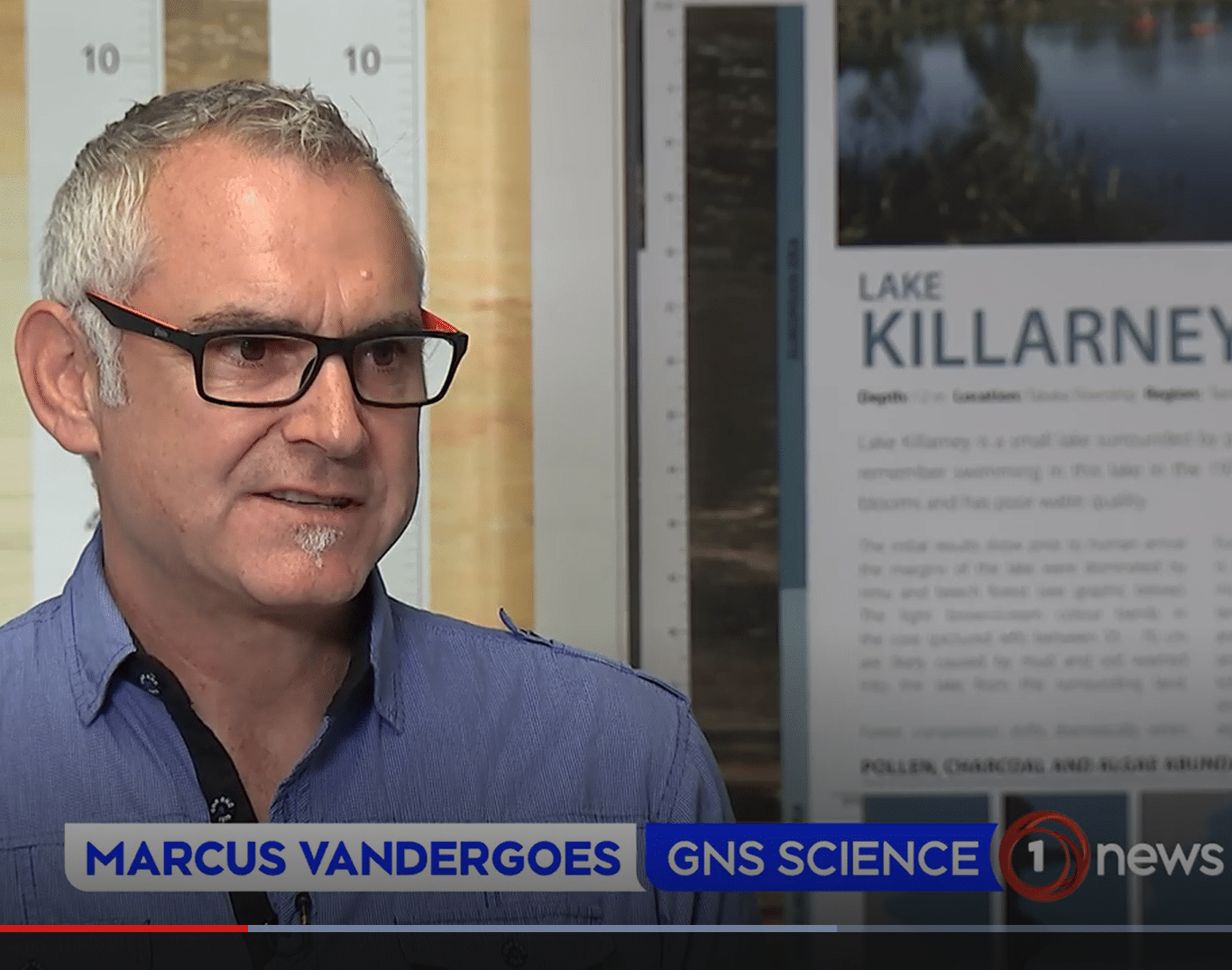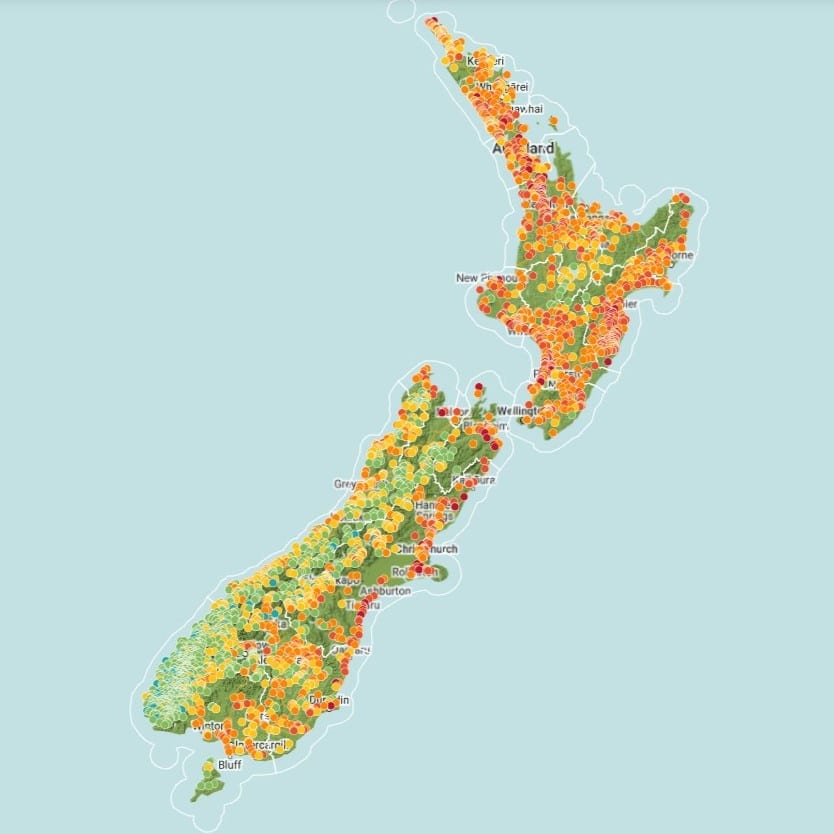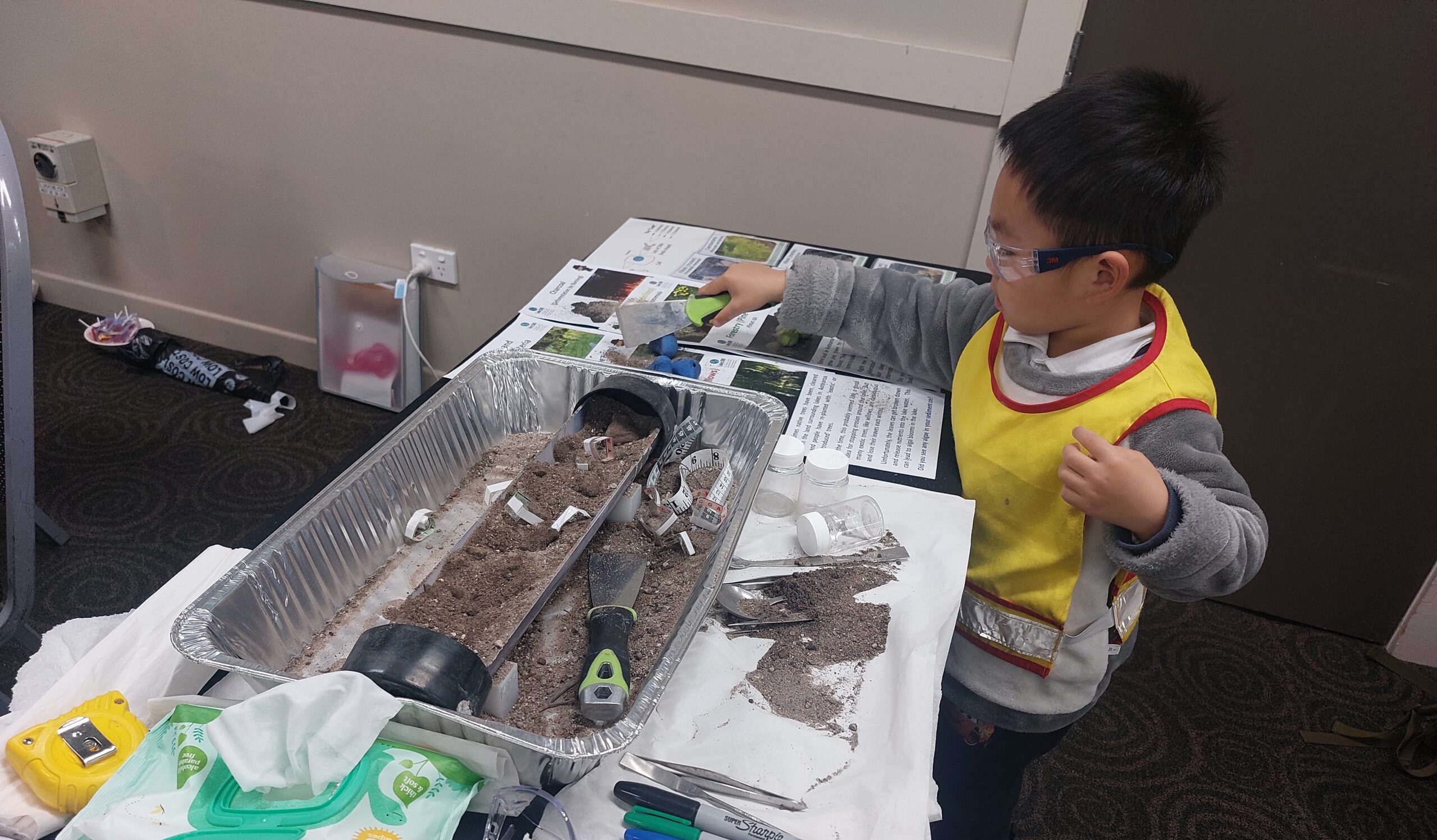Language loss and recovery – a Kāi Tahu story
Within three generations, te reo Māori
is almost extinct in our native villages here.”
Cousins Steve Bryant and Ian Bryant share personal memories of growing up with their Māori heritage and language suppressed. For Kāi Tahu today, there is a renewed focus on their indigenous language and dialect and on reinstating correct place names. Paulette Tamati-Elliffe leads the Kāi Tahu Māori language revitalisation strategy, which aims for te reo Māori to be a spoken, living language in homes, schools and on marae. A further challenge is to take the language back into the natural environment:
“As we’re restoring those traditional practices in mahika kai,
we need to restore the language that’s associated with that too.”
Takaroa vs Rakinui – the battle of kā atua
In Kāi Tahu traditions, the first marriage of Papatūānuku (the earth) was with Takaroa (the ocean). The second union of Papatūānuku, with Rakinui (the sky), triggered a battle between In Kāi Tahu traditions, the first marriage of Papatūānuku (the earth) was with Takaroa (the ocean). The second union of Papatūānuku, with Rakinui (the sky), triggered a battle between kā atua (the gods). Tūmai Cassidy relates the fateful event that took place on the takutai (seashore), and ponders what our future looks like under climate change as Takaroa reasserts his ascendancy. (the gods). Tūmai Cassidy relates the fateful event that took place on the takutai (seashore), and ponders what our future looks like under climate change as Takaroa reasserts his ascendancy.

Back to the future – the scientific history of Lake Waihola
Scientific analysis of a sediment core extracted from the bed of Lake Waihola (Waihora ki Taiari) in Otago led to a significant discovery: a layer of cockle shells dated to 4000 years ago. How did an estuarine shellfish end up in this freshwater lake? With sea levels on the rise due to climate change, studies of low-lying coastal lakes such as Waihola provide important lessons from the past that will help us prepare for future environmental change.





